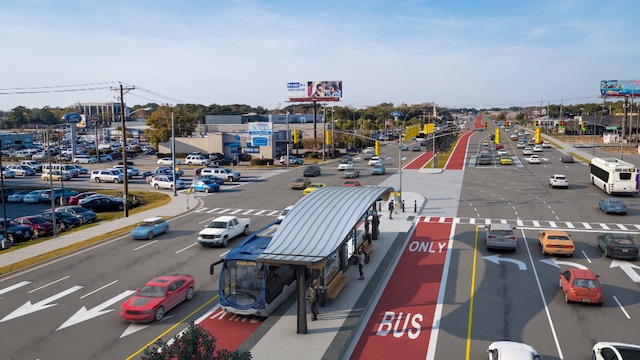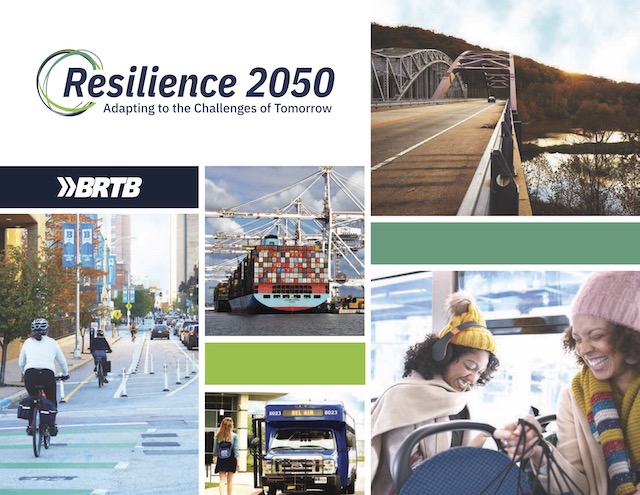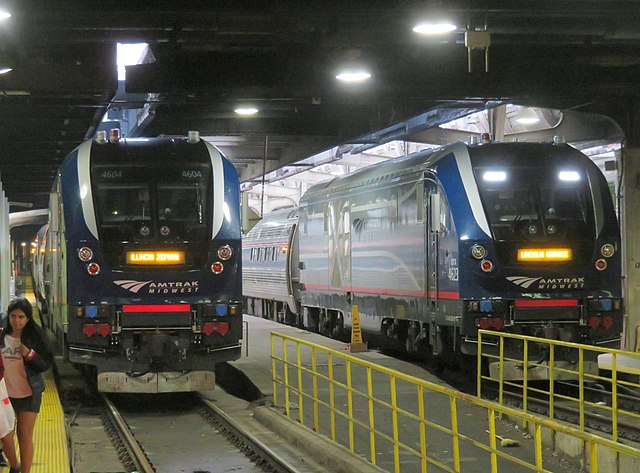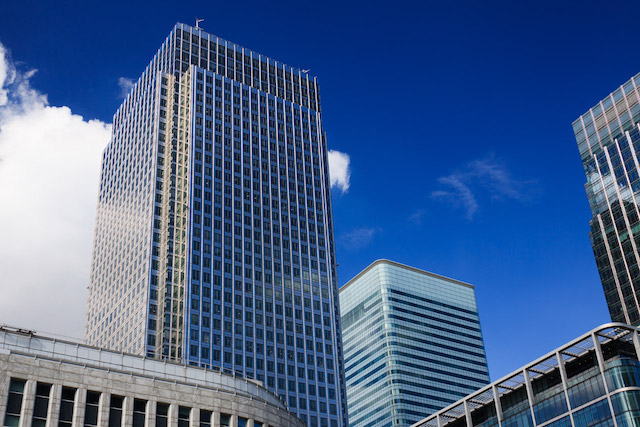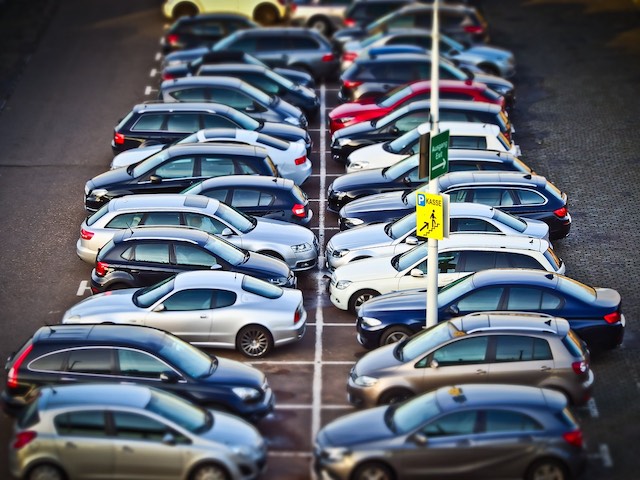Back when I first began studying light rail, one of my first questions was, “Why rail when buses can work just as well for a lot less money?” That question is becoming less valid today as transit agencies have done their usual job of making something affordable into something grossly expensive.
Proposed Charleston bus rapid transit line. Graphic by Low Country Rapid Transit.
A case in point is Charleston, South Carolina’s proposal for a bus rapid transit line. Local backers have the audacity to call it South Carolina’s first mass transit system, as if Columbia, Greenville, Charleston, and other South Carolina cities haven’t had bus systems for decades. But the real problem is that they want to spend $625 million on a 21-mile line, or about $30 million per mile. Continue reading

